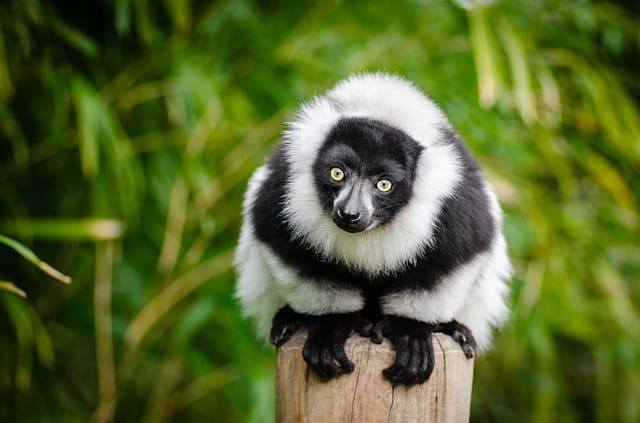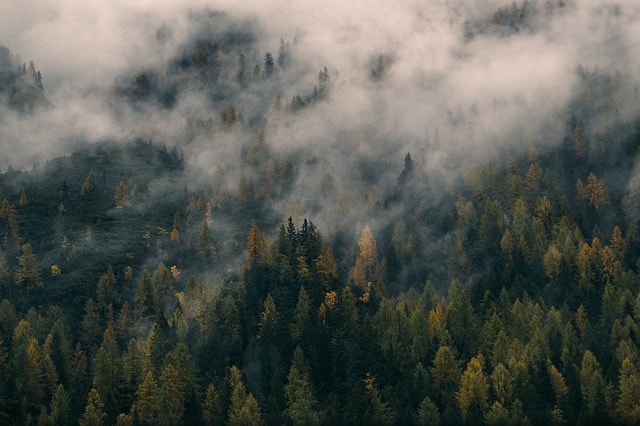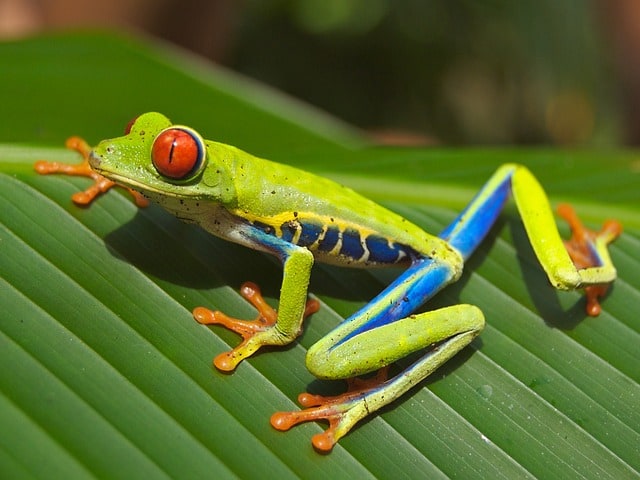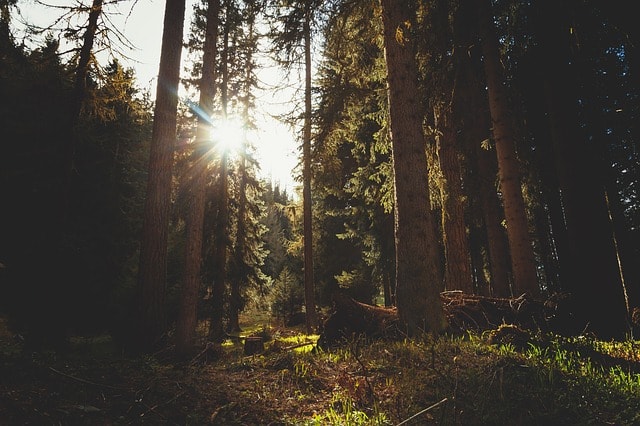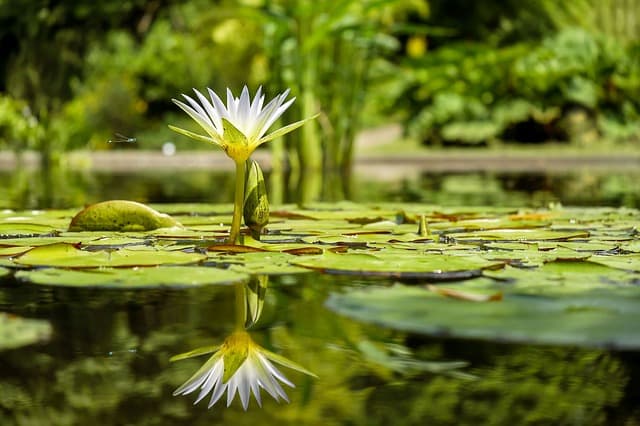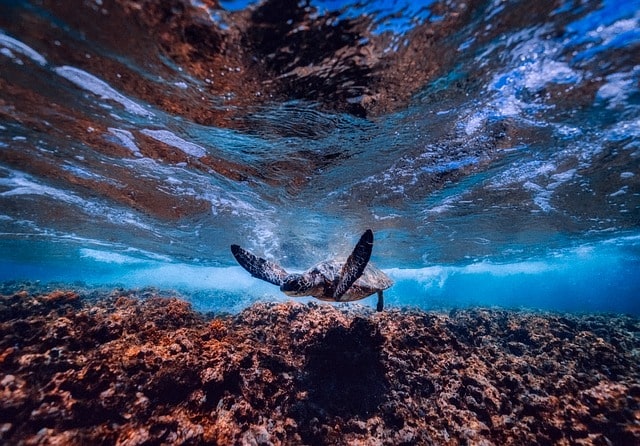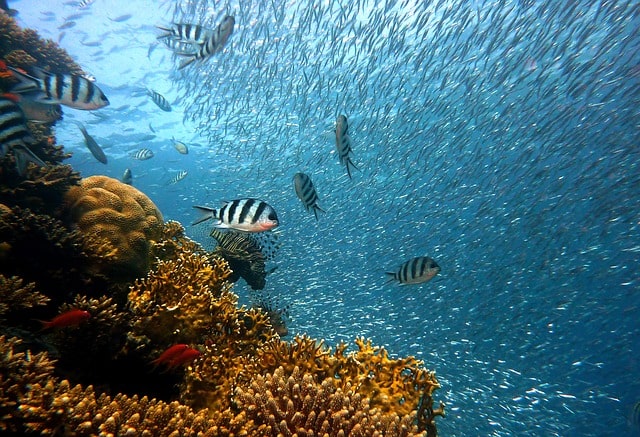Estuary Biome: Definition, Climate, Location, Temperature, Plants and Animals
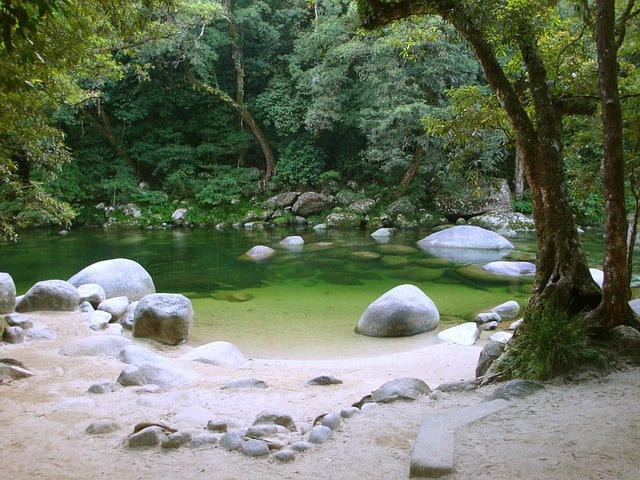
An estuary is an area where freshwater from the rivers mixes with saltwater in the ocean/sea. This mixture of freshwater and saltwater is referred to as brackish water.
Being a transitional zone from fresh to saltwater, estuaries are a dynamic ecosystem that experiences constant environmental changes. Only organisms that are adapted to withstand high salinity and fluctuating temperatures can live in estuary biomes. This explains why the marine plants and animals that live in estuaries are specially adapted to the normally quick and drastic changes in estuarine conditions.
Nonetheless, estuaries are very productive ecosystems, thanks to mixed nutrients from both freshwater and saltwater, plenty of sunlight, and shallow depths. Animals that live in this kind of ecosystem are normally generalists that can feed on a variety of food depending on what’s available.
Estuaries come in different shapes and sizes and are identified by various names, including bays, harbors, lagoons, sounds, and inlets. However, it’s worth noting that not all water bodies by these names are necessarily estuaries. Examples of popularly known estuaries include Puget Sound, Boston Harbor, Chesapeake Bay, San Francisco Bay, and Tampa Bay.
Climate
The prevailing climate in an Estuary biome is referred to as a local steppe climate. This steppe climate is a kind of climate that is normally experienced in the middle of continents or in the leeward side of high mountains. In the estuary, there is little precipitation throughout the year.
This biome can receive at least 50 mm of rain in December, and up to 375 mm in June. Its rain season falls between April and October, and can receive about 100 to 175 mm of precipitation. Since estuary biomes are normally located around tall mountains, trees and bushes don’t usually grow here. It is worth noting that the temperature in an estuary rises when the amount of precipitation increases.
Location
Estuary biomes are normally located along coasts, where freshwater rivers meet saltwater oceans. Each day as the tide rises, salt water flows into the estuary. Likewise, freshwater flows down the rivers and creeks and mixes with the saltwater.
Estuaries play an integral role in filtering the water draining out of rivers into the sea to ensure it is healthy for marine life. They make sure that sediments, pollutants, and even excess nutrients don’t get into the ocean. Moreover, they can protect the land by serving as a buffer between the land and the ocean.
In fact, estuaries have protected many coastal towns from flooding. An estuary can be surrounded by swamps, coral reefs, and beaches. During dry seasons, there is normally not much freshwater coming down from the rivers. This can result in the estuary being very salty.
Moreover, during dry seasons, there is a lot of evaporation from the estuary and this further increases its saltiness.
Temperature
Estuary biome temperatures vary with estuaries and seasons. The temperature in Alan estuary in England, for example, ranges from 13 to 17 degrees Celsius or 55 to 63 degrees Fahrenheit. Also, the temperature in an estuary also affects the health of the biome.
For example, when the temperature of an estuary goes up, the level of dissolved oxygen, which is essential for life in the ecosystem, drops. In fact, a rise in temperature of about 14 degrees Celsius can result in the drop of dissolved oxygen amount by about half mg per liter.
It is also worth noting that different species of flora and fauna are able to adapt to the fluctuating temperatures of the estuary based on their innate biological systems.
Plants
The fact that salt dominates the estuary biome, means that most plants cannot survive in that environment. Some plants grow further back on the shore to enjoy the fluctuating conditions of freshwater and saltwater. Plants that grow in estuary biome must be adapted to tolerate:
- Fluctuating salinity levels
- Varying exposure to wind and sunlight
- Strong currents and storm waves
- Low levels of oxygen in muddy soils
Examples of estuary biomes plants include:
- Smooth cordgrass – This plant thrives in salt marshes and is an important plant species in the estuary biome as it releases high volumes of organic material into the ecosystem upon decomposition.
- Seagrass – This small, dark green plant with ribbon-like leaves thrives in sandy silts. It forms extensive meadows that extend from just above the seagrass a couple of centimeters underneath the mud.
- Spike grass – Scientifically known as Distichlis spicata, this plant is also commonly referred to as salt grass. It is a short grass species that thrives near and around marshland.
- Purple Loosestrife – You are likely to find this hardy plant in marshland as well as near the shoreline. Just like most estuary biome plants, the purple loosestrife can survive in harsh environments and has the potential to colonize to the extent of killing off other plants in its surroundings.
- Sea Lavender – This plant is also known as Limonium nashi. It normally grows in the summer season and fully blooms in August. Sea plant is characterized by small oval-shaped leaves and can grow up to 12 inches. It is one of the plants that grows farthest away from the water in estuary ecosystems.
Moreover, sea lavender doesn’t usually colonize other plants and depends on natural open space to grow. These plants normally grow in groups or as individual plants across the estuary biome depending on the space available.
Other plants that you are likely to find in estuary biomes include:
- Eelgrass
- Gumweed
- Douglas Aster
- Pickleweed
- Saltgrass
- Red Algae
- Sea Lettuce
- Tufted Hairgrass
- Seaside Arrowgrass
- Fathen Saltbush
Aquatic plants can’t go unmentioned. These are plants that are adapted to living in either saltwater or freshwater environments. They are also known as aquatic macrophytes or hydrophytes. You will find some of these plants in the estuary biome.
However, they require special adaptations for thriving beneath or at the water surface. While the most common adaptation of these plants is aerenchyma, some plants also feature floating leaves or finely dissected leaves. Aquatic plants can only survive in water in the soil that is permanently waterlogged.
Animals
Estuary biome is home to numerous types of animals. This can be partly attributed to the fact that estuary biome has one of the most complex food webs that can support an incredible diversity of animals. In the estuary biome, the decaying animals are eaten by microorganisms, while the microorganisms are consumed by small invertebrates.
Animals in the estuary biome include mammals, sea creatures, insects, fish, and bird. That said, let’s look at several examples of each category.
| Mammal | Fish | Sea Creatures | Birds | Insects |
| Harbor Seal
River Otter | Bay Pipefish
Chinook Salmon Chum Salmon Cutthroat Trout Pacific Sculpin Shiner Perch Starry Flounder | Bent-nosed Clam
Blood Star Brooding Sea Anemone Bubble Shell Dungeness Crab Hermit Crab Hooded Nudibranch Lugworm Mud Shrimp Native Littleneck Clam Opalescent Nudibranch Orange Striped Jellyfish Purple Shore Crab Scallop Skeleton Shrimp Stalked Jellyfish Sunflower Star | American Coot
American Wigeon Black-bellied Plover Black Brant Bald Eagle Canada Goose Caspian Tern Common Goldeneye Dunlin Great-blue Heron Greater Yellowlegs Lesser Yellowlegs Peregrine Falcon Red-breasted Merganser Western Gull Western Sandpiper Harbor Seal | Damsel Fly
Green Darner Dragonfly |

